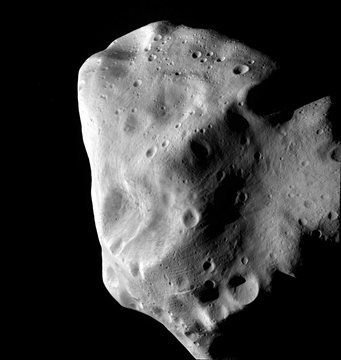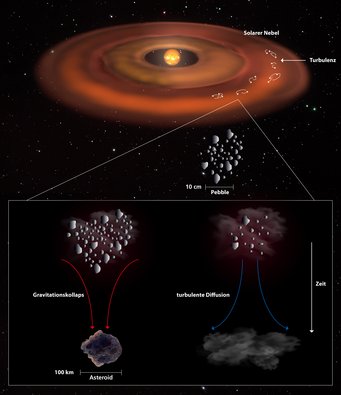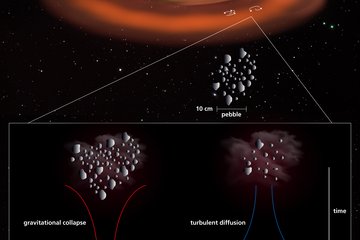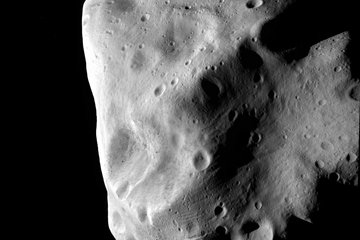ERC Advanced Grant worth 2.49 million euros for Hubert Klahr
Hubert Klahr, head of the Theoretical Astrophysics working group in the Planet and Star Formation (PSF) department at the Max Planck Institute for Astronomy in Heidelberg, has been awarded one of the European Research Council’s highly endowed and highly coveted funding prizes. His project entitled “Turbulence, pebbles and planetesimals: the origin of minor bodies in the solar system” will be funded with 2.49 million euros as part of an ERC Advanced Grant.
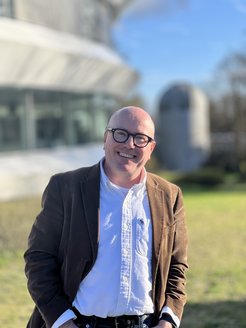
In addition to the Sun, the eight large planets and their moons, our planetary system is teeming with millions of smaller objects on almost all size scales. In addition to the finest dust and small meteorites, our cosmic home is also home to numerous asteroids, comets and dwarf planets. Many of them are only found in certain areas of the Solar System and are classified into different families. Examples include the Kuiper Belt objects in the outer regions of the Solar System beyond the orbit of Neptune, the Trojans, which are asteroids whose orbits are linked to certain planets, or the ‘classic’ planetoids in the gap between the orbits of Mars and Jupiter, which have been known for well over 200 years.
Almost all of these small bodies in the solar system have something in common: they are apparently leftover planetary building blocks with diameters of a few dozen kilometres, called planetesimals. The largest of them grew into planets through collisions and the accretion (collection) of chunks several centimetres in size, the so-called ‘pebbles’. (The typical values for pebbles are in the centimetre to decimetre range, for planetesimals in the 10 to 100-kilometre range).
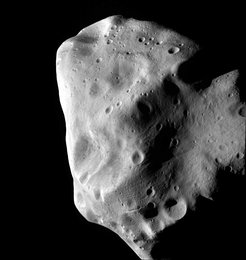
“But despite their immense importance for the early history of the Solar System and therefore also for the formation of the Earth, we still don’t know where and when they formed in the ‘solar nebula’,” says Hubert Klahr. “We will therefore develop an innovative numerical experiment that combines three phases of planetesimal formation. We will use special methods to study turbulence, apply machine learning to analyse pebble sizes and dust opacities, and investigate the elasticity and porosity evolution of the forming planetesimals.”
Hubert Klahr hopes to answer several key questions at the same time: What did the size distribution of the pebbles look like, and what was the characteristic turbulence level in the solar nebula? Where and when did planetesimals form, and what was their initial size distribution? What was the initial shape and internal structure of the original planetesimals?
“With this project, we will be able to calibrate the formation process of planetesimals using observational and laboratory data from small bodies in the Solar System. The study will represent a breakthrough in reconstructing pebble sizes and environmental turbulence during the formation of the Solar System and link our home world to the diversity of exoplanets,” explains Hubert Klahr.

And so the ERC committee also assessed his project proposal as “… an excellent proposal with the ambitious objective to model the planetesimal formation in the solar nebula. The novelty of the project, consisting in the development of the techniques and numerical tools, which will be available to the whole community, is highly appreciated.”
The European Research Council has now provided 2.49 million euros for Hubert Klahr's ERC project. These substantial funds will also make it possible to set up a working group of 2 postdocs and 4 doctoral students over the next five years.
The ERC offers various funding programs as part of its program. All applications for funding must demonstrate the excellence of the scientists involved and, above all, the outstanding importance of the projects applied for.
Hubert Klahr is a recognized expert in the field of numerical modelling of physical processes in protoplanetary disks and has been working at the MPIA for over 20 years.
He has been a member of the Cluster of Excellence Structures at Heidelberg University since 2019.
KJ/HK/MN

